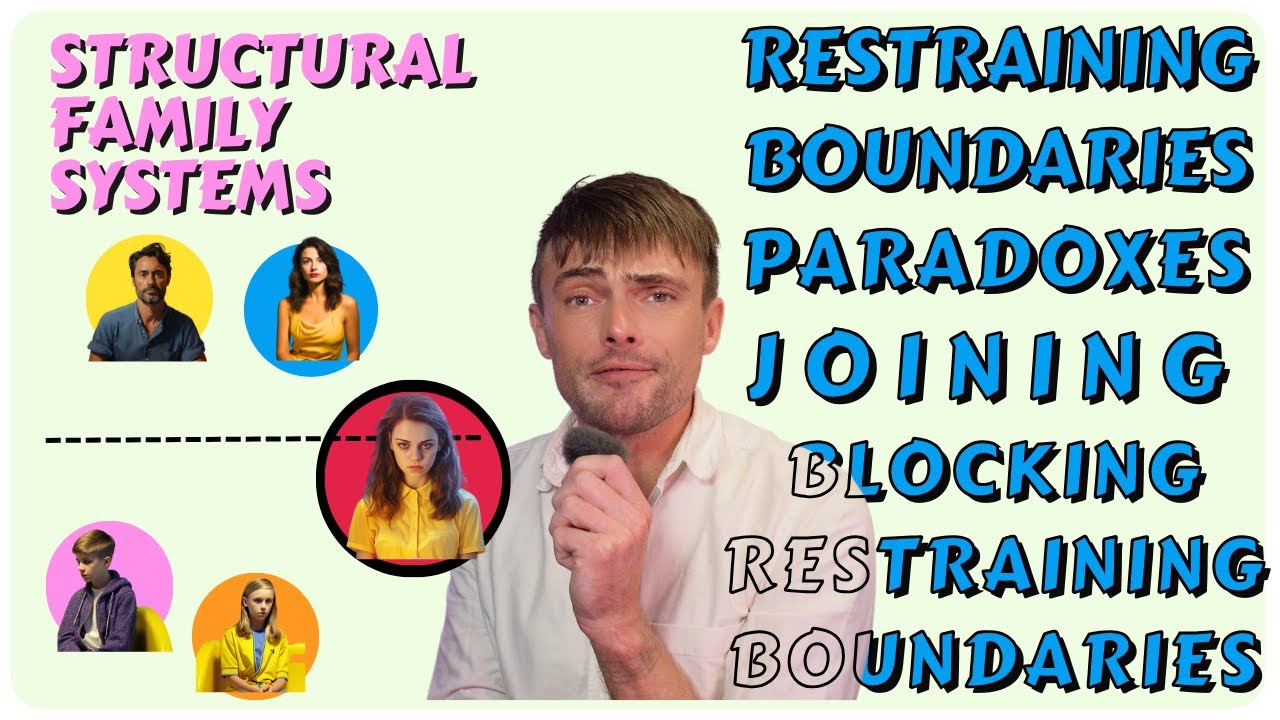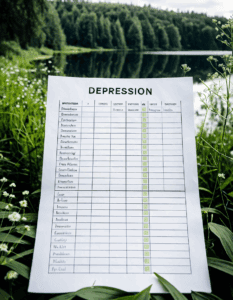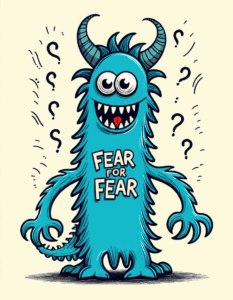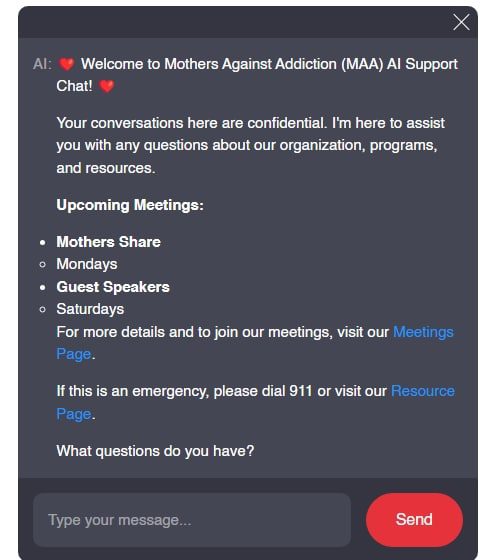Facing addiction within a family is a heart-wrenching reality, but the right intervention strategies can offer a life-changing path toward recovery. At Mothers Against Addiction, we understand the emotional turmoil parents endure when their children struggle with addiction or, tragically, are lost due to addiction. This article aims to explore the landscape of interventions for families, unveiling practical solutions and resources for those in crisis. Let’s walk this path together, armed with compassion and resilience.
Understanding the Landscape: What Are Interventions for Families?
Interventions for families can feel like navigating uncharted waters. They’re structured, compassionate meetings aimed at confronting addiction head-on. These interventions are a crucial first step in the journey to recovery, providing a platform where loved ones express their concerns in a supportive environment. It’s about paving the way for the addicted individual to accept the help they desperately need.
But what do these interventions entail? Picture this: a family gathering orchestrated with a clear plan, the presence of a professional intervention specialists ensures that the conversation remains focused and productive. It’s transformative, much like how The Reincarnated assassin Is a Swordmaster reshapes their destiny in a new life.
Top 7 Effective Interventions for Families Facing Crisis
1. The Johnson Model
Originated by Dr. Vernon Johnson, the Johnson Model is one of the most structured intervention approaches. It’s meticulously planned, rehearsed, and executed with the presence of an intervention specialist. This model emphasizes respect and support rather than confrontation.
Example: The Smith family, from Ohio, utilized this model to help their son overcome heroin addiction. With the guidance of a professional, they successfully encouraged him to enter rehab, where he has been steadily sober for three years.
2. ARISE Intervention Technique
The ARISE technique, developed by Dr. Judith Landau, offers a less confrontational method by ‘inviting’ the addicted individual to join the process voluntarily. This approach prioritizes open communication and support, making it easier for the addicted person to acknowledge their problem and seek help.
Example: Sarah, from New York, initially resisted treatment. Through the ARISE method, her family engaged her in open, loving conversations. This led her to voluntarily seek help, marking a new chapter in her life.
3. CRAFT (Community Reinforcement and Family Training)
CRAFT is about positive reinforcement. It teaches families how to communicate effectively, promote positive behavior, and prevent enabling the addiction. This model has shown promise in engaging resistant individuals in treatment.
Example: Many families in support groups have shared how CRAFT helped them break the cycle of addiction within their households. They learned to encourage recovery through positive reinforcement rather than focusing solely on the addiction.
4. The Systemic Family Model
This model views addiction as a family issue, addressing underlying dynamics and fostering a healthier environment. By exploring family structures and fostering open communication, it helps not just the individual but the entire family to heal.
Example: Jane’s family used this model to address her brother’s alcoholism by collectively engaging in therapy sessions. They worked on improving communication, ultimately strengthening family ties and supporting his recovery process.
5. The Love First Approach
The Love First Approach, by Debra and Jeff Jay, combines assertiveness with compassion. Families are coached to intervene from a place of love without confrontation, maintaining an ongoing dialogue that encourages treatment.
Example: The Thomas family successfully encouraged their daughter to enter a recovery program by consistently demonstrating love and support, thanks to the Love First approach. Their unyielding support became a pillar of her recovery journey.
6. The Motivational Interviewing Technique
Developed by William R. Miller and Stephen Rollnick, this technique is client-centered, aiming to build the individual’s motivation to change through empathetic and exploratory conversations. It minimizes resistance and fosters a welcoming environment for growth.
Example: Jake’s mother used motivational interviewing to gently encourage him to reconsider his lifestyle choices. Her empathetic approach played a pivotal role in his eventual decision to seek professional help.
| Intervention Type | Description | Goals | Methods | Key Benefits |
| Family-Based Interventions | Training for parents to enhance preventive skills and practices | – Prevent substance use in children and adolescents | – Instruction sessions | – Improved preventive measures |
| – Parent workshops | – Better family bonding | |||
| – Skill-building activities | ||||
| Conflict Resolution | Address and resolve parent-adolescent conflicts | – Improve understanding & expectations between parties | – Brief counseling for both parent and adolescent | – Open communication lines |
| – Facilitate direct and open communication | – Conflict mediation | – Reduced family tension | ||
| – Expectation setting | ||||
| Parenting Interventions | Structured activities focusing on improving parenting behaviors | – Enhance parenting skills | – Structured sessions | – Nurturing relationships |
| – Promote positive discipline | – Engagement through activities | – Better monitoring of child behavior | ||
| – Effective monitoring and management of children | – Support groups | – Effective discipline techniques | ||
| Crisis Intervention | Immediate help to families in crisis situations | – Ensure safety and provide immediate support | – Active listening | – Access to immediate resources |
| – Address short-term needs (e.g., housing, food, health) | – Problem-solving | – Reduction in immediate family stress | ||
| – Assist in accessing necessary resources | – Referral and advocacy | – Improved family resilience |
Resources for Families Utilizing Interventions
Seeking Professional Help: The Role of Intervention Specialists
Professional interventionists like those from The Recovery Village and Interventions Canada can be crucial. Their expertise and objectivity bring structure, significantly increasing the chances of a successful intervention.
Support Groups and Educational Programs
Organizations like Al-Anon and Nar-Anon provide essential support. They offer emotional guidance and educational resources to help families understand and manage addiction, fostering an environment of hope and healing.
Real Life Success Stories
The Smith Family and Their Journey with the Johnson Model
The Smith family in Ohio struggled with their son’s heroin addiction for years. By adopting the Johnson Model and engaging a professional interventionist, they managed to get him into rehab. Today, he has been sober for three years, highlighting the power of structured interventions and professional guidance.
Sarah’s Experience with the ARISE Technique
Resistant at first, Sarah from New York eventually sought help after her family applied the ARISE method. The non-confrontational and supportive environment created a safe space for her to acknowledge her addiction and seek recovery.
Future Directions and Innovations in Family Interventions
The field of interventions is continually advancing with technology and deeper insights into addiction dynamics. Telehealth services, offered by institutions like the Hazelden Betty Ford Foundation, make professional assistance more accessible. Virtual reality is emerging as an innovative tool for training families and interventionists, simulating real-life scenarios to better prepare them for actual interventions.
Navigating the Path Forward Together
Dealing with addiction within a family is never straightforward, but interventions for families provide a beacon of hope. Combining love, structure, and professional assistance can make a significant difference. The journey demands patience, resilience, and a commitment to change. Embracing both proven methods and emerging innovations can help families craft an effective path forward, steering their loved ones towards recovery.
Ultimately, confronting addiction is about breaking the cycle and fostering family healing. Through interventions and the support of organizations like Mothers Against Addiction, families can transform their struggles into stories of resilience and hope. Let’s continue to walk this path together, striving for a brighter, healthier future for our loved ones.
Interventions for Families
When dealing with addiction in the family, it’s often the little things that make a big difference. You might think that watching Judge Judy YouTube full episodes wouldn’t do much, but it could actually serve as a stress-relieving activity that brings humor into a trying situation. And believe me, laughter can sometimes be the best medicine.
Breaking the Cycle
One of the key elements in effective family interventions is open communication. Research shows that honest, compassionate dialogues can drastically improve outcomes. For instance, don’t underestimate the power of sharing experiences. Communication in addiction recovery can really be a game-changer. When each family member is vocal about their thoughts and feelings, it paves the way for a more supportive environment. Moreover, knowing where Natalia Grace is now might seem like a random piece of trivia, but these human-interest stories can sometimes help us see the humanity in our own struggles.
Family Healing
Healing as a family is no small feat. Family healing from addiction takes patience and mutual understanding. It involves everyone taking small but crucial steps towards a common goal: recovery. Perhaps oddly enough, chatting about your kid’s favorite Digimon Seekers characters or discussing the storyline of My Dress-Up Darling characters can divert attention from stress and kindle a long-lost sense of connection. Shared interests can become unexpected avenues for conversation and emotional bonding.
Trivia Time
While interventions require serious effort, sprinkling in some fun and seemingly unrelated trivia can lighten the mood. Did you know that Judge Judy has an extensive library of full episodes available online? Sometimes, a good laugh can be the first step in breaking the cycle of addiction. Another interesting fact—Natalia Grace, a name you might remember from a bizarre adoption scandal, is living a much different life now. These stories remind us that change is always possible.
In conclusion, interventions for families dealing with addiction don’t have to be all doom and gloom. A mix of open communication, shared interests, and even a bit of light-hearted fun can make all the difference. Simple crisis solutions often lie in the most unexpected places. So, keep talking, keep laughing, and keep loving your way through it.

What is an example of family intervention?
In this case, dealing with parent-adolescent conflict at home can be managed with brief counseling for both parties. This approach helps set clear expectations and facilitates direct, open communication between parents and teenagers.
What are parenting interventions for families?
Parenting interventions focus directly on improving parenting behaviors like nurturing, discipline, teaching, monitoring, and management. These activities are structured to support parents in their role, making the home environment better for everyone involved.
What are the interventions to strengthen family relationships?
Simple interventions to strengthen family relationships can include dealing with conflicts at home through brief counseling. This helps family members understand each other’s expectations and encourages open communication.
What are evidence-based interventions for families?
Evidence-based interventions for families might involve training parents and caregivers in preventive skills to reduce substance use in children and adolescents. These methods are supported by scientific research and show successful outcomes.
What is household intervention?
Household intervention refers to helping families deal with immediate issues such as safety, housing, food, or health. Techniques like active listening, problem-solving, referrals, or advocacy are used to find solutions and access resources.
What are home based interventions?
Home-based interventions often include steps like direct counseling sessions within the home. These efforts can help improve communication, resolve conflicts, and strengthen family bonds right where everyone lives.
What are family planning interventions?
Family planning interventions usually offer training and resources to help families manage their current situation while planning for future needs. This can include financial planning, educational workshops, and healthcare support.
What is the main goal of family interventions?
The main goal of family interventions is to provide support that helps families cope with challenges, improves communication, and strengthens relationships. This often involves teaching parents effective parenting techniques and helping children develop healthy behaviors.
What are the six types of parent family involvement?
The six types of parent-family involvement include parenting, communicating, volunteering, learning at home, decision-making, and collaborating with the community. Each type plays a role in creating a supportive environment for the child’s development.
What are the steps of family intervention?
Steps of family intervention typically start with identifying the issues, followed by planning the intervention, executing the plan, and then monitoring progress to ensure the family is moving towards better functioning and relationships.
What are family interventions for conflict?
Family interventions for conflict might involve brief counseling sessions focused on helping family members understand each other’s expectations and improving open communication to resolve misunderstandings.
What are the 4 ways to cope with family issues?
Coping with family issues can involve active listening, seeking external support like counseling, setting clear boundaries, and practicing stress management techniques like exercise or meditation.
What are examples of family-based interventions?
Examples of family-based interventions might include training parents on preventive skills to combat child substance use and providing resources for open communication within the family.
What are family interventions for trauma?
Family interventions for trauma often focus on helping families cope with the emotional impacts of the traumatic event, providing support through counseling, and connecting them with additional resources.
What are social work interventions for families?
Social work interventions for families often involve crisis intervention, advocacy, and connecting families to necessary resources like housing, food, and healthcare, while also providing emotional and practical support.
What is a family-based intervention?
A family-based intervention typically includes structured activities to improve communication, resolve conflicts, and teach preventive skills to parents and children. The focus is on enhancing overall family functioning.
Which is an example of an intervention?
An example of an intervention would be brief counseling sessions to address parent-teen conflicts, which aim to set clear expectations and foster open communication between family members.
What are family interventions for conflict?
Family-centered interventions work by engaging all family members in addressing issues, fostering open communication, and building stronger relationships through structured activities and support.




























